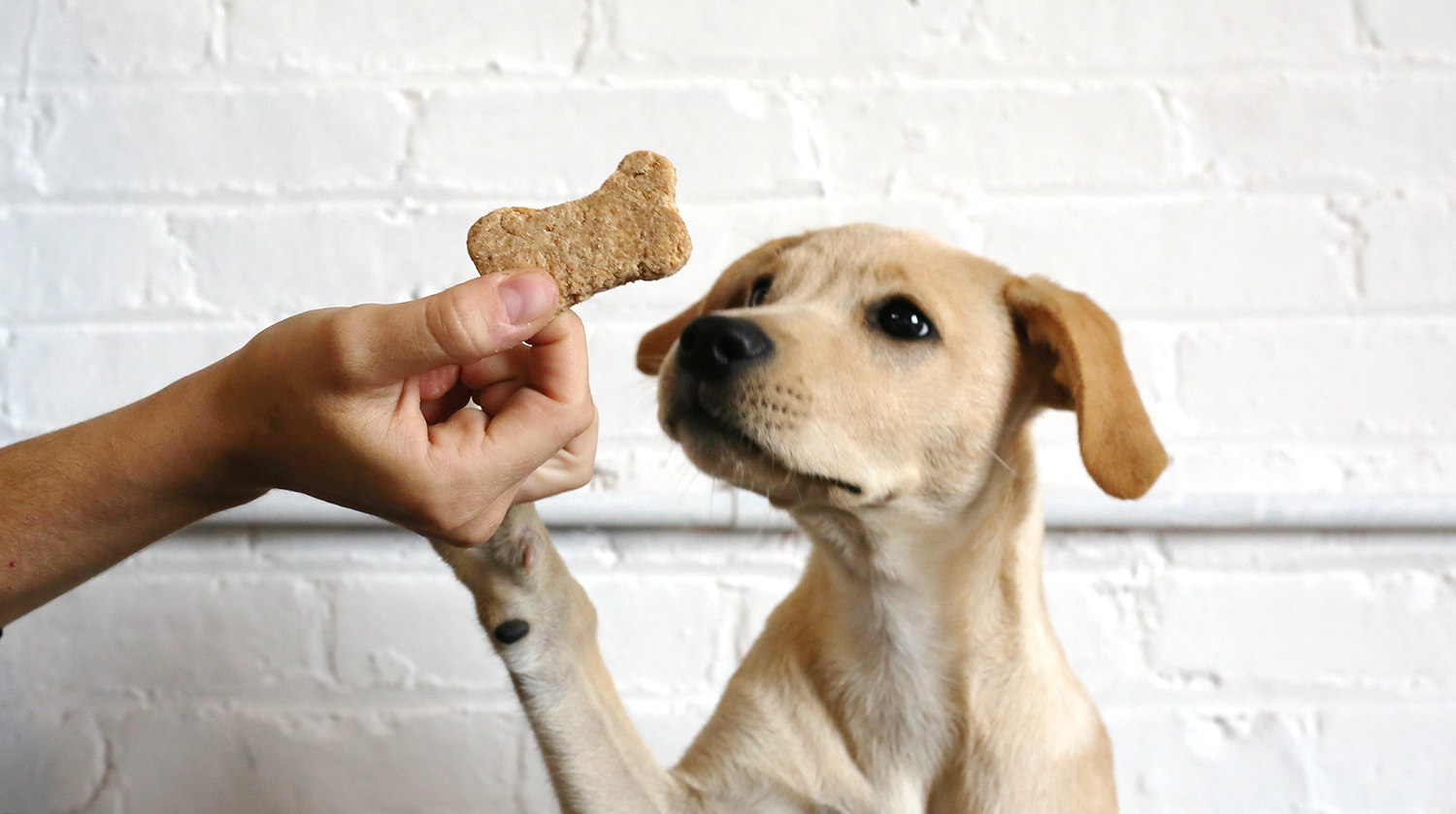A very commonly asked question in small animals practice is: “may I give some treats to my dog or cat?” Most owners take care of their pets very well, and are very strict about their health and welfare requirements, but sometimes they can’t avoid offering treats to their pets.
What’s exactly a treat? It’s an extra meal which is given to pets as a prize, for “hiding” the bad taste of a medicine, or for teaching them. It’s relatively easy to teach a dog, and even a cat or a ferret to sit down or to perform a trick by offering a special food. Initially there is no problem if:
- The treat is right for the pet’s physical condition.
- The treat will not replace real food.
What is a right treat? It depends on the pet’s condition. If it’s completely healthy and not overweight, any treat is valid (of course, we are talking of specific for pets, and reasonable quality treats). In case of fat pets, the treats must be low calories ones, and besides, you will need to reduce the daily quantity of normal food as many grams as the grams of treats you gave. In case of pets suffering from diabetes, liver or kidney problems, they must be on a specific prescription diet, which means, as anyone can imagine, no treats at all. In this case, the way to give them a prize will be just offering some biscuits from its bowl of food, because for a normal pet which loves its owner, anything that comes from the owner’s hand is a prize.
Another valid option would be to use the wet version of the prescription diet as a treat because it’s much tastier than dry food. You can add a spoonful of the wet pate to the bowl, or just directly from your hand. This is quite useful for pets that are on oral medication, because it’s very easy to hide a tablet in the wet food.
Another valid option in case of dry food would be to get a different flavour (for example duck instead of lamb), except in case of a patient with any kind of food intolerance. In these cases would be risky to change the main ingredient of the food.
How many treats can I give my pet? Some clever pets learn very easily to look at us with extremely sad eyes when we are having a meal in order to force us to offer them some of our food. Some other ones can be on “hunger strike” for one or two days if they think they will obtain an extra that way. Sometimes the owner tell us: “it’s really ill, 3 days off its food”. Then we ask “3 days eating nothing at all?”, and in lots of cases the answer is similar to this: “well, it’s eating cooked ham, or the cat’s food, or chicken and rice, but it’s definitively not eating its food”. In this case, it’s quite easy to end up replacing a healthy and balanced dry or wet food, or even a home cooked diet, for greasy treats.
For making a food attractive (this is also valid for human food), it’s very important to consider its water (wet food is normally better accepted than dry food) and fat content. Those sausages for dogs you can find at the supermarket may have 50% of fat or more. If we give our pets these extras, we will obtain fat and fussy eating pets.
It’s very important to verify the composition of the treats and to ask the Vet if they are suitable for our pet, because no two are alike, and not every treat is healthy.
Clinica Veterinaria, Calle Holanda 9, MASA Square, Gran Alacant
T: 966 698 569




